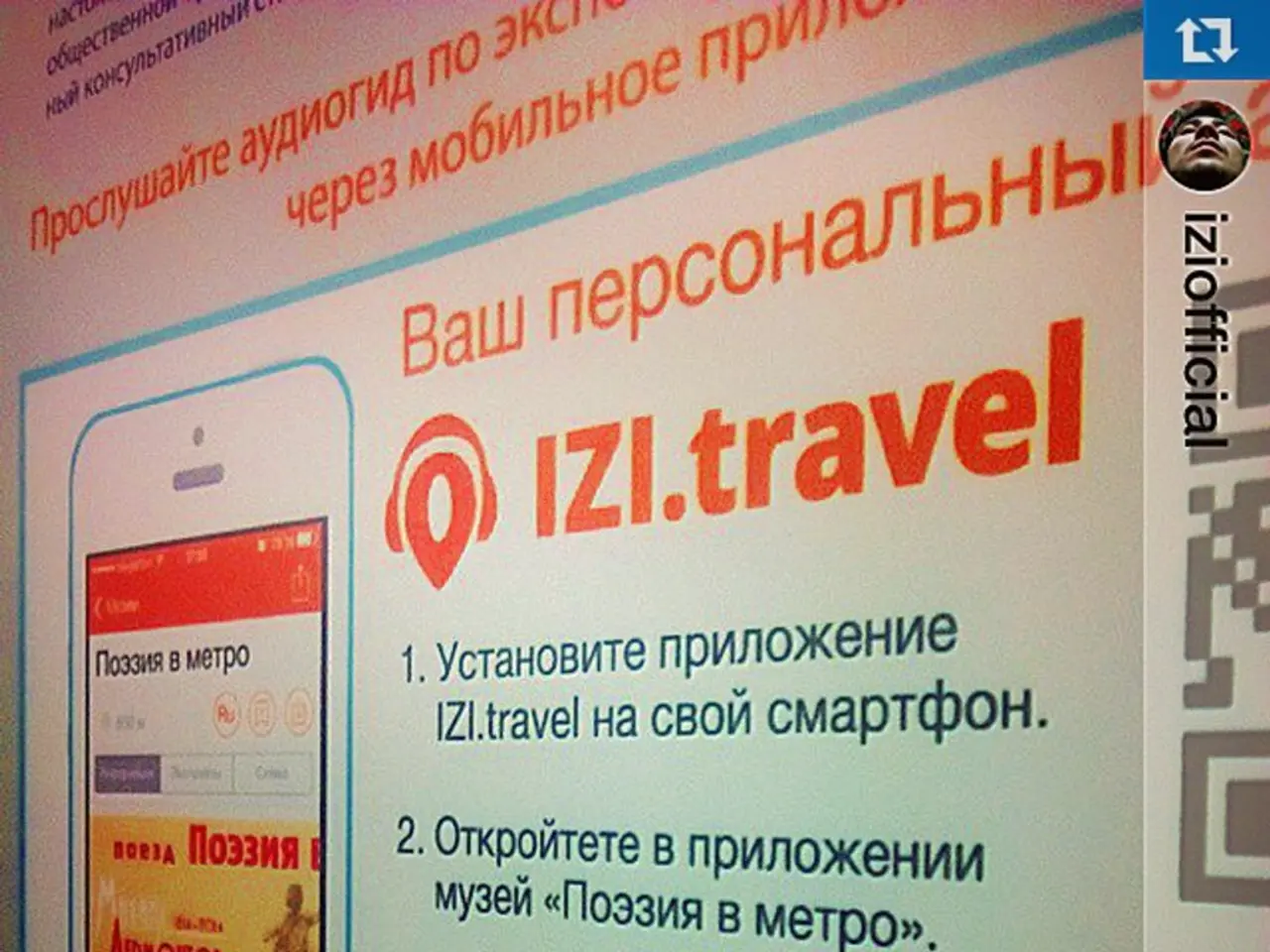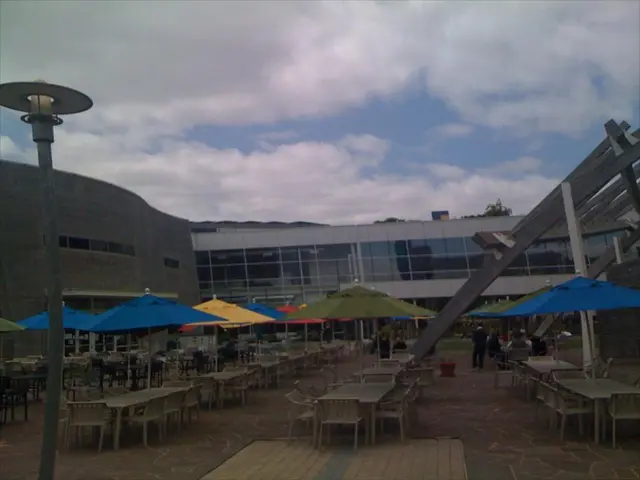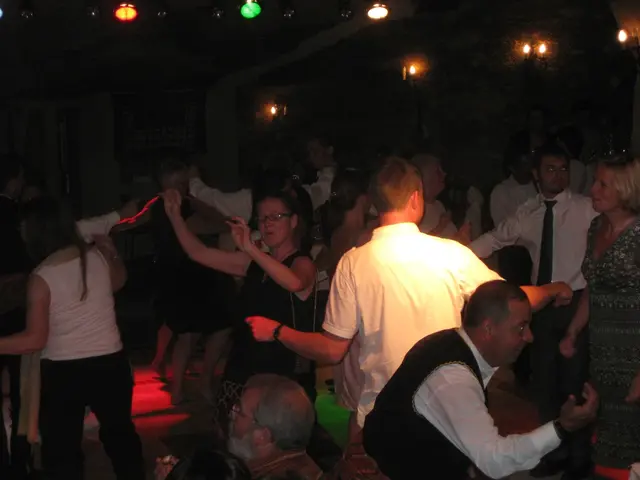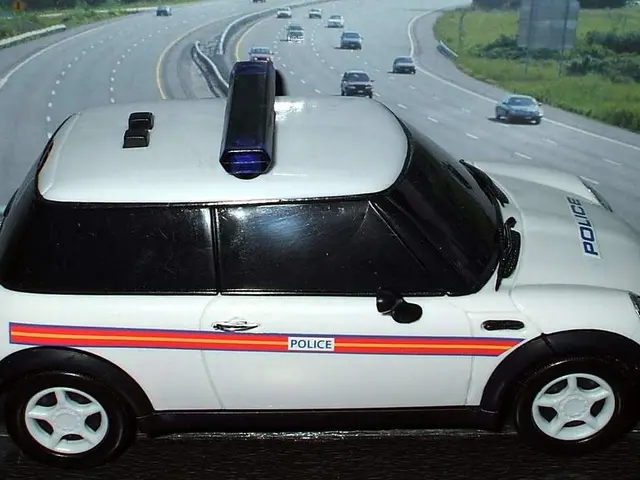Marketing Strategies for Public Events: Generating Excitement and Boosting Attendances Outdoors
In the quest to drive traffic to events, outdoor advertising plays a pivotal role. By employing strategic tactics, event organisers can maximise their reach and create a lasting impact. Here are the top strategies for using outdoor advertising to drive event traffic:
### 1. Location Selection
Strategic placement is key to capturing the attention of your target audience. High-traffic areas such as busy urban corridors, transit hubs, commercial districts, and popular gathering spots should be prioritised. Moreover, placing ads near event venues or areas where pedestrians and drivers naturally pause or slow down can ensure unmatched exposure.
### 2. Design Elements
A simple and concise message is crucial for quick comprehension. Aim for 5 to 7 words to ensure the message is easily grasped in the brief moments people pass by. Use bold, large fonts, high-contrast colours, and eye-catching visuals that stand out in the busy outdoor environment. Avoid clutter, focusing on one central message to prevent confusion and make the ad memorable. Durable, high-quality materials such as vinyl or polyester banners ensure your ads maintain impact throughout the campaign period.
### 3. Digital Outdoor Advertising
Incorporating digital billboards offers dynamic, visually striking displays that can update messaging in real-time and attract attention with motion and bright colours. Digital outdoor ads can be programmed to target specific times or adjust content based on audience behaviour, enhancing relevance and effectiveness.
### 4. Interactive Advertising
An interactive element can be introduced through QR codes or NFC tags on physical ads, encouraging immediate engagement such as event RSVPs, ticket purchases, or social media interaction. Integration with mobile technology can help convert passive viewers into active participants, deepening the connection with the event.
### 5. Partnerships and Sponsorships
Partnering with local businesses, venues, or community organisations to place ads in complementary locations or co-brand events for wider reach is a powerful strategy. Sponsorship deals can also boost advertising budgets and allow for more prominent and frequent outdoor placements, enhancing event visibility.
### 6. Maintaining a Consistent Marketing Message
Synchronising your outdoor ads with other marketing channels ensures the same core message, branding, and call to action are used across all touchpoints (social media, print, digital). Consistency helps reinforce event awareness and recall, making your outdoor advertising a part of a cohesive campaign that drives ticket sales or attendance.
In summary, implementing these strategies together can significantly increase event traffic and ensure your outdoor advertising delivers maximum impact. A consistent hashtag can enhance social media engagement and allow eventgoers to find information quickly. Interactive advertising encourages audience engagement and enhances interest in an event, using QR codes or contests. Collaborating with local businesses and sponsors can help reach a broader audience and share advertising costs.
A lifestyle enthusiast considering outdoor-living events might benefit from strategic outdoor advertisements near home-and-garden stores or popular parks, catching the attention of potential attendees. To build upon this advertising strategy, incorporating interactive QR codes on outdoor banners could lead to increased RSVPs or ticket purchases for the event, transforming passive viewers into active participants.








